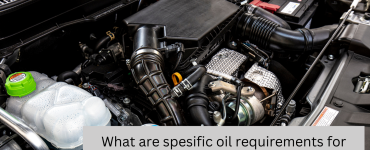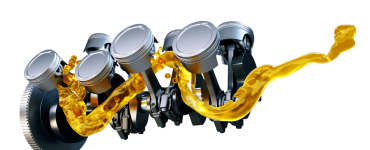Impact of Driving Habits on Oil Change Intervals and Types
Understanding the Relationship Between Driving Habits and Oil Change Needs
Driving habits play a crucial role in determining how frequently your vehicle’s oil needs to be changed. If you frequently drive in conditions like stop-and-go traffic, tow heavy loads, or face extreme temperatures, your oil may need changing more frequently due to increased engine wear. For a deeper dive into this topic, “Optimal Intervals for SUVs Oil Changes” offers detailed insights. Now let’s find out about impact of driving habits for oil change!
Key Takeaways about impact of driving habits
| Aspect | Key Point |
|---|---|
| Impact of Habits | Driving habits significantly affect oil change frequency |
| Oil Type | Synthetic oil vs. mineral oil and their impact on intervals |
| Manufacturer Guidance | Importance of following manufacturer’s recommendations |
| Driving Conditions | Effects of conditions like extreme temperatures, towing, etc. |
| Vehicle Maintenance | Importance of regular oil changes for vehicle health |
Importance of Oil Type in Determining Change Intervals
Choosing the right type of oil is essential. Using synthetic oil can extend your oil change intervals significantly compared to mineral oil, with some vehicles going up to 15,000 miles between changes. For more information on different types of oil, including their benefits, check out “Synthetic vs. Conventional Oil: Maximizing Your Vehicle’s Performance” and “The Science Behind Motor Oil Mixing“.
Adhering to Manufacturer’s Recommendations
Your vehicle’s manufacturer provides specific recommendations for oil change intervals, which are crucial to follow for optimal vehicle performance. For instance, owners of specific models might find “2020 Ram 1500 5.7 Hemi Recommended Oil” and “The Definitive Guide to Choosing the Right Oil Type for Your 2012 Jeep Wrangler” particularly useful.
Impact of Different Driving Conditions
Severe driving conditions, such as driving in dusty environments or extreme temperatures, necessitate more frequent oil changes to maintain engine health. Further explore this in “High Mileage Vehicle Oil Changes: Keeping Your Engine Young“.

| Driving Condition | Effect on Oil Change Interval | Reason |
|---|---|---|
| Extreme Temperatures | Shorter intervals required | Oil degrades faster under extreme heat or cold, leading to increased engine wear |
| Dusty Environments | More frequent changes needed | Dust particles contaminate the oil, reducing its effectiveness and engine protection |
| Stop-and-Go Traffic | Increased frequency of changes | Frequent idling and acceleration strain the engine, necessitating more regular maintenance |
| Towing Heavy Loads | Shorter intervals advised | Towing increases engine load and temperature, accelerating oil degradation |
| Short Trips | Frequent changes recommended | Short trips prevent oil from fully warming up, leading to moisture and residue build-up |
The Importance of Regular Oil Changes
Regular oil changes are vital for maintaining engine performance and longevity. Neglecting this can lead to increased engine wear and potential damage. For more on the basics of oil changes and their importance, visit “Basics of Oil Changes” and “Change Oil Every 6 Months“.
In conclusion, understanding how driving habits affect oil change intervals and types is essential for vehicle maintenance. Adhering to these guidelines helps in keeping your vehicle in optimal condition.





